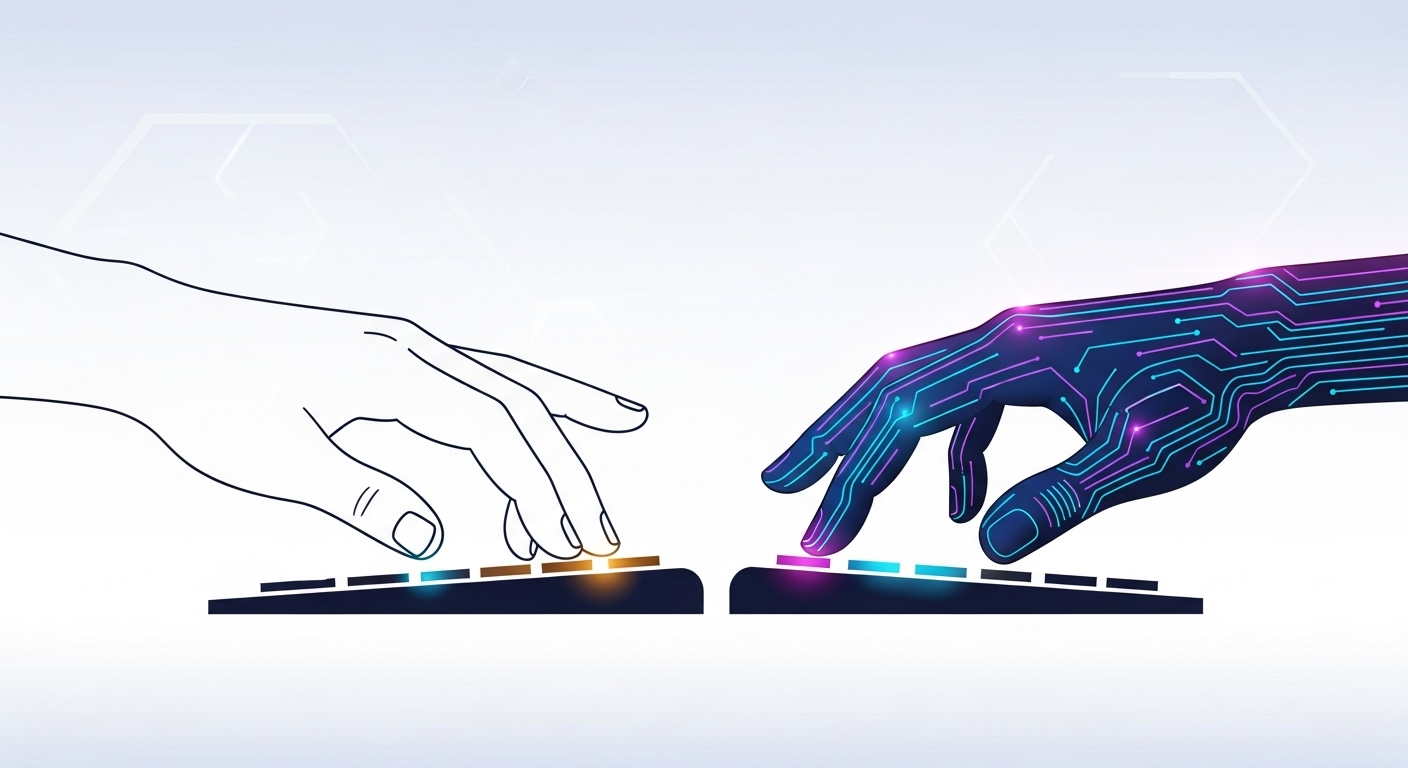Why Amplifi Labs Chooses Cline as Its AI Pair Programmer

From Assistant to Collaborator
Most AI tools help write code. Cline helps build systems. It reasons across an entire codebase, proposes multi-step plans, and executes actions across files, terminals, and runtime environments. This project-level reasoning makes it less of an assistant and more of a pair programmer: one that supports the full development cycle.
Transparency and Control
For enterprise use, AI needs to be accountable. Cline’s Plan & Act workflow ensures every action is approved before execution, removing the “black box” element common in other tools. Its open-source base also gives teams confidence to review, adapt, and extend it safely, which is a key factor in our adoption.
Flexibility That Lasts
AI models evolve fast. Tools that depend on one vendor can quickly fall behind. Cline is model-agnostic, allowing us to switch between Claude, GPT, Gemini, or others depending on cost, performance or compliance. That adaptability keeps our workflows stable even as the AI landscape shifts.
Lessons from Real Projects
We’ve used Cline across new builds, prototypes and complex legacy integrations. Other assistants often struggle when projects grow in scope or ambiguity, but Cline adapts. It may use more tokens or take longer to plan, but it consistently delivers clarity, precision and control where it matters most.
What Makes It Stand Out?
Cline sets a standard for what AI pair programming should look like:
- Collaborative, not prescriptive
- Transparent, not opaque
- Flexible, not locked-in
- Extensible, not limited to code
For us, that combination has made Cline a lasting part of how we build software with AI.
Curious about other AI coding assistants? We've previously explored the evolving landscape of AI coding assistants in our previous article. Check it out!
Want to see how we put AI coding assistants, like Cline, into practice? Explore our real-world projects!




